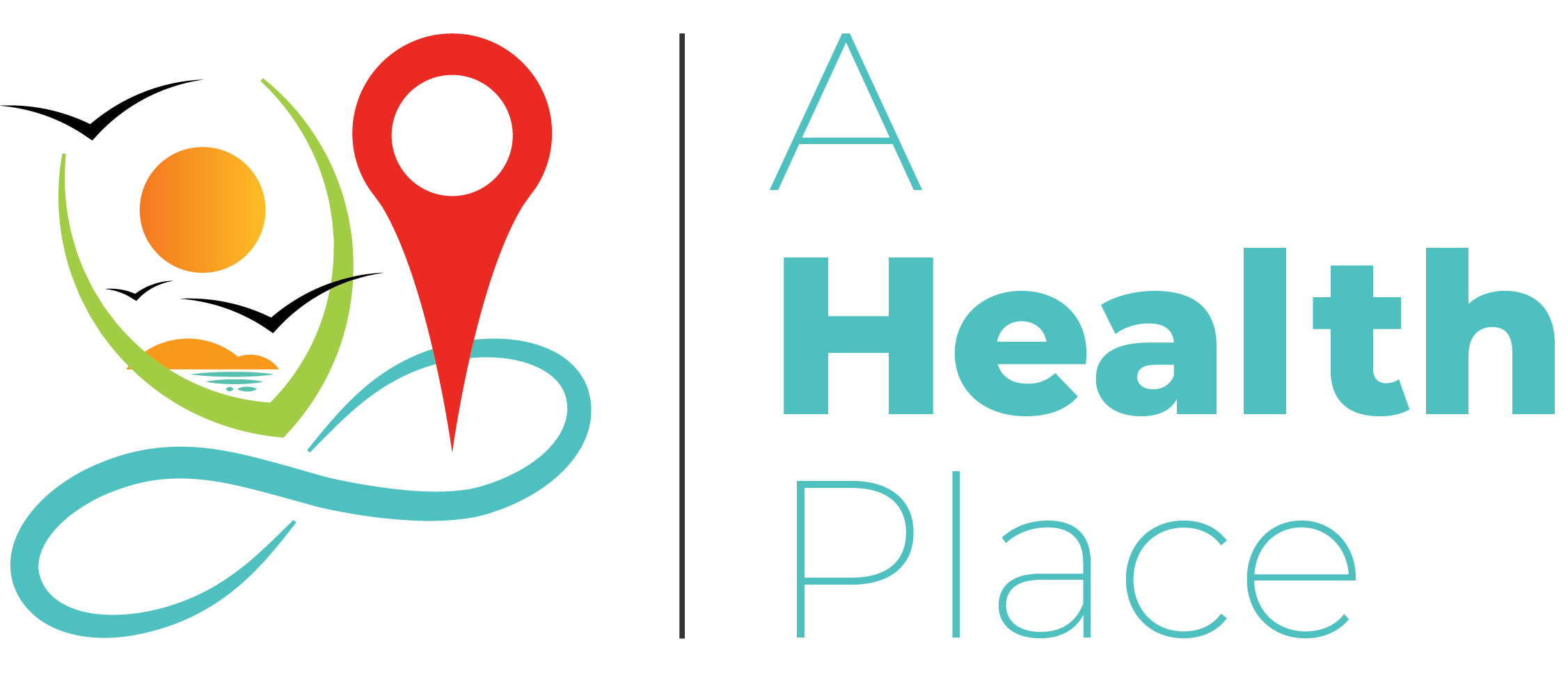When it comes to obesity and cardiovascular disease, the only true statement is that we don’t fully know how they are related. The exact mechanism and the links between these two diseases are still under research. On one hand, obesity seems to be a risk factor for the development of heart failure, on the other hand when a patient has obesity and heart failure at the same time, obesity seems to exert some protective effects. More specifically the researchers look at the role of body composition in the development of heart failure.
It is also believed that there are some indirect pathways from obesity to cardiovascular disease. For example, because it promotes insulin resistance and diabetes, type 2 diabetes is one of the main risk factors for cardiovascular disease. So, this creates an indirect pathway to cardiovascular disease through type 2 diabetes.
High blood pressure, is another risk factor for cardiovascular disease, and obesity promotes this. So, it’s hard to tease out what’s the exact pathway. There I multiple pathways from obesity to cardiovascular disease, both morbidity, and mortality.
Atherosclerosis
Higher levels of bad cholesterol, especially small particles of bad cholesterol, are associated with a higher risk of atherosclerosis. The blood vessel becomes narrow, the lumen is shrunk, there is less room for blood to flow, and a higher risk that a blood clot can form in that narrowed vessel. This promotes a lack of blood flow and if this happens in the heart, then it can promote a heart attack and if it happens in the brain it can promote a stroke. Things that increase the risk for atherosclerosis are high blood pressure, dysregulated blood lipids, and diabetes as well. So, there are a lot of links between obesity and atherosclerosis and that is just one form of cardiovascular disease.
It’s not just one thing that links obesity and atherosclerosis. The orchestrated effects of hyperinsulinemia, hyperglycemia, high blood sugar, fatty acids, and all the proinflammatory cytokines promote that stress on the vascular wall. They also increase inflammation and promotes dysfunction of our endothelial cells and all of that promotes atherosclerosis development.
In addition to atherosclerosis promoting the effects of obesity, there also is a strong correlation between obesity and dysfunction of the heart muscle. Part of the reason is that the heart has to work a lot harder to supply blood to the, now more blood vessels exist in individuals with obesity because they have, because they have larger frames altogether. Fat tissue may also deposit between muscle fibers in the heart, decoupling them electrically, again promoting dysfunction of the heart muscle.
Cardiovascular Disease is Preventable
The good news about this is that a lot of cardiovascular diseases, not just heart disease, but cardiovascular disease is preventable. Even if you’ve got a predisposition for certain kinds of o heart disease, there are ways to reduce your risk. A lot of it depends on your lifestyle and what you’re eating in your level of activity. It also depends on the amount of stress in your life.
What we’ve learned over decades is that medications and lifestyle therapy change that you can make to stop disease progression or reverse it in some cases, and this is the information that was trying to get to the public. Your parents’ medical history does not have to be yours; you can do something about it.
A heart disease prevention program has to take a very close look at your diet, and it has to take a look at your exercise. The prominent point bats your diet hover around two things: fat, fruits, and vegetable. You’ve got to get your saturated fat and trans-fat as low as you possibly can. If you do that you can decrease your risk of coronary heart disease by 40-50%. If you get these fats down and increase your fruits and vegetables, then you stand to decrease your risk of heart attack or stroke significantly.











Discussion about this post